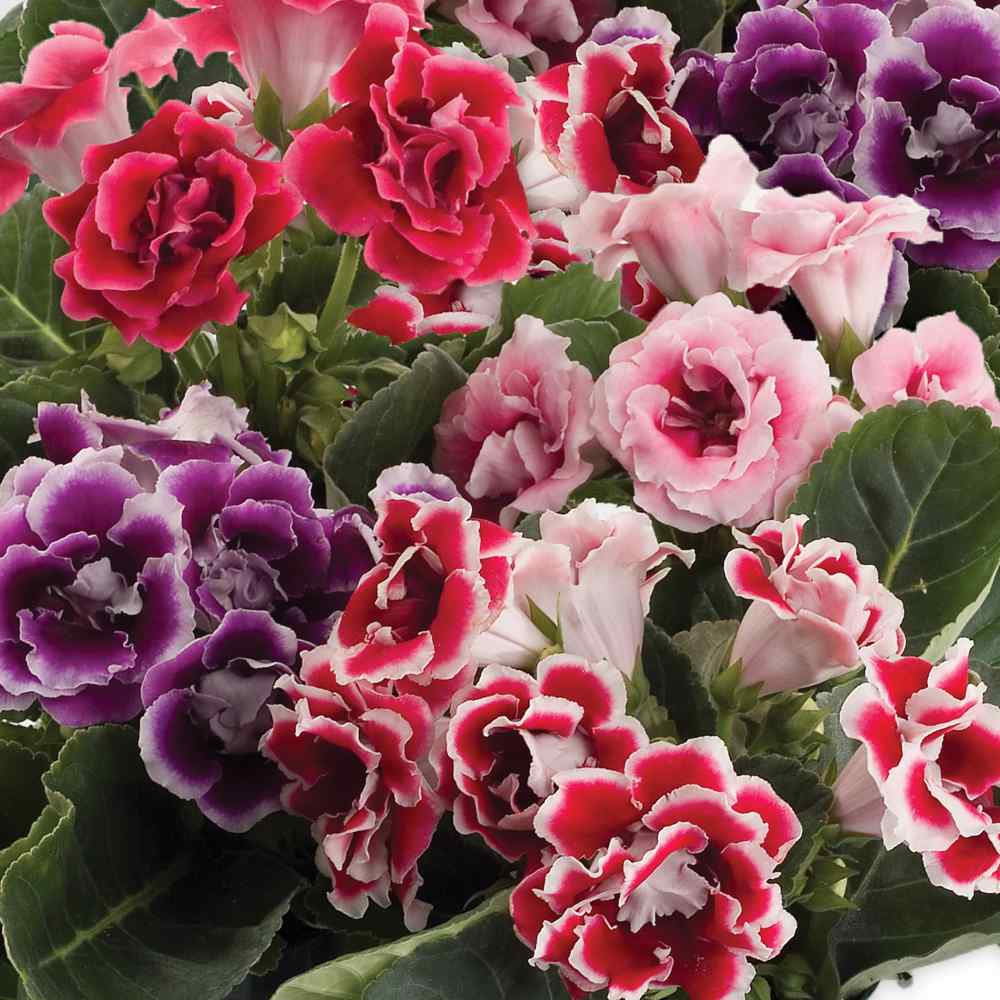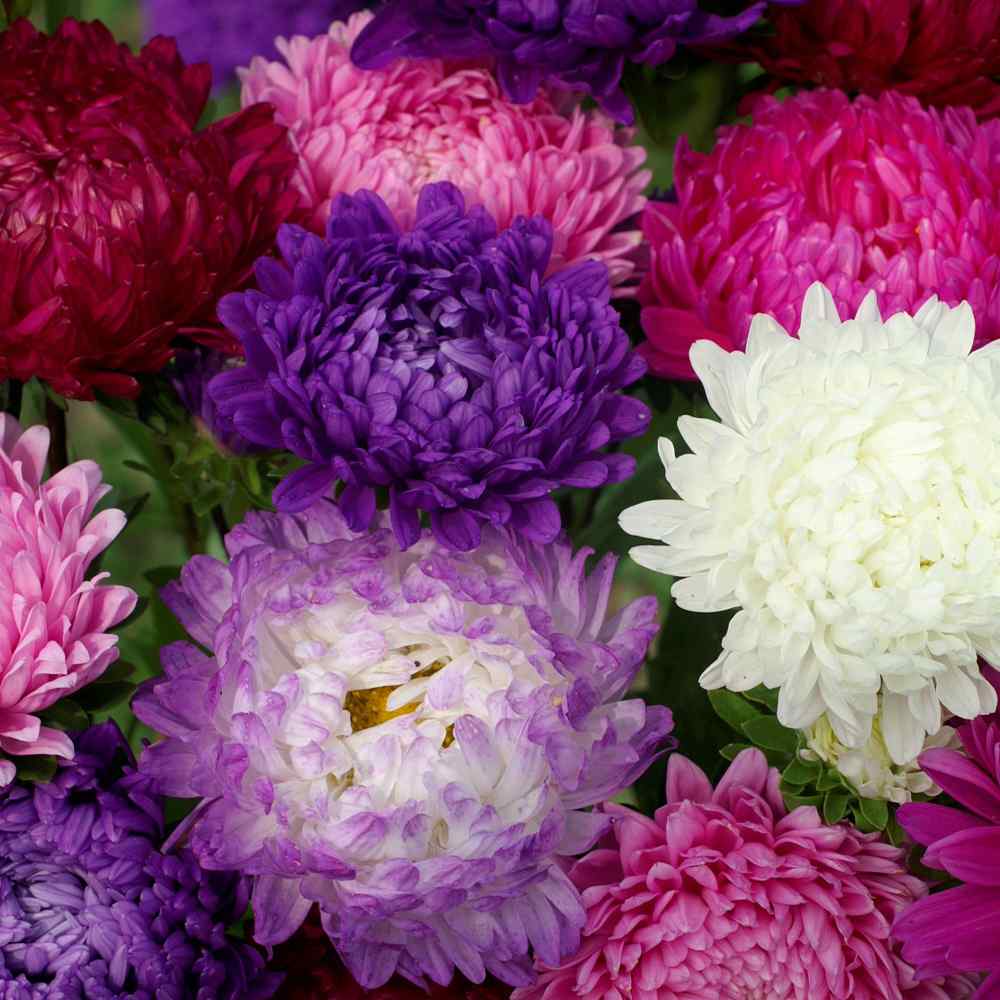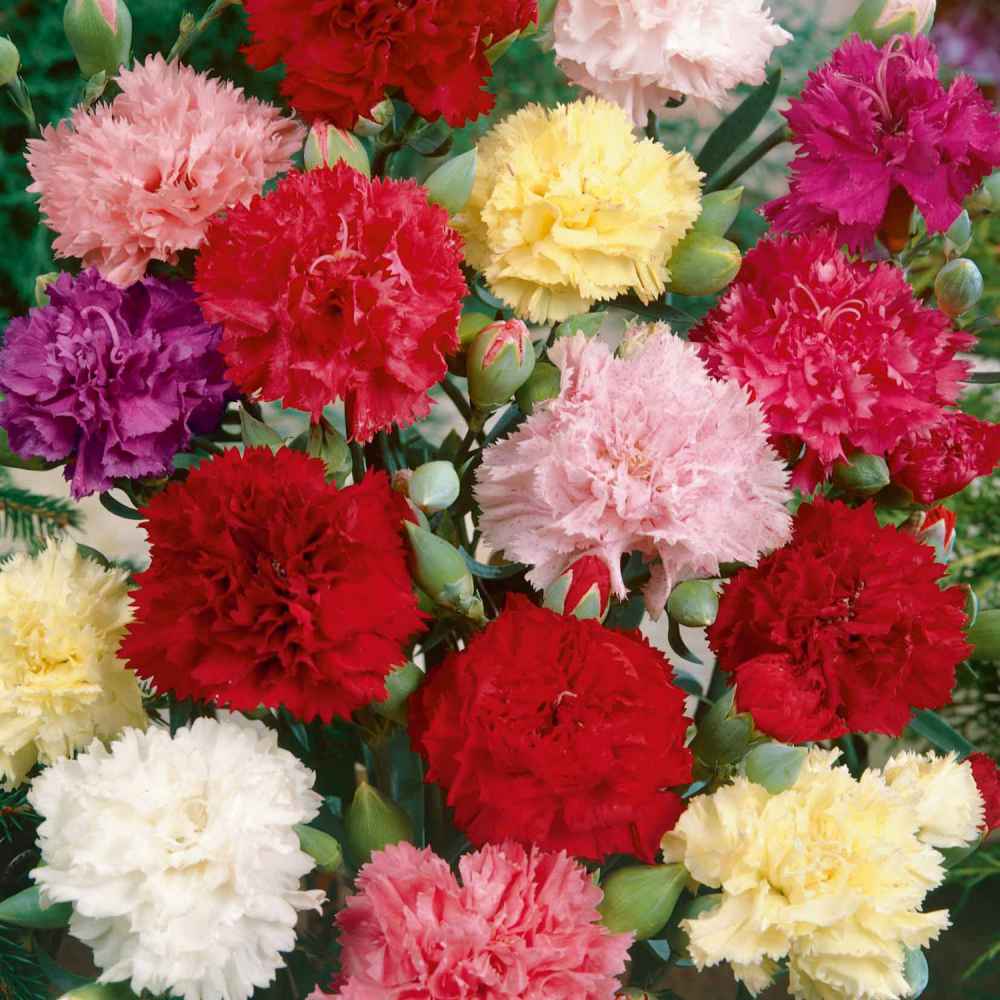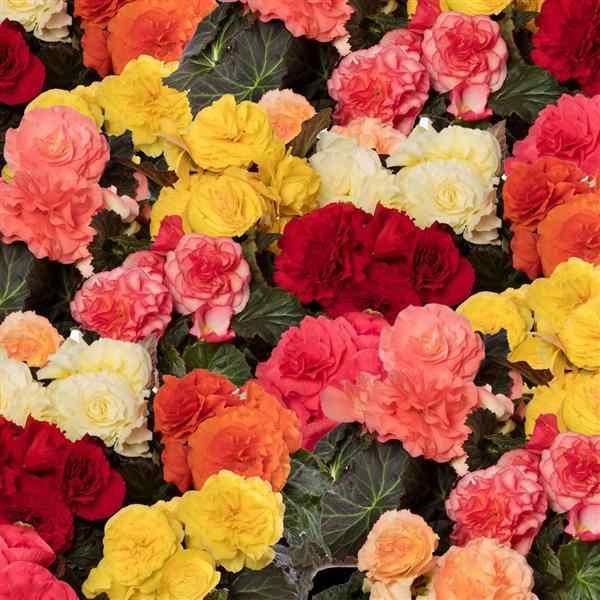
Gloxinia Planting and Care Guide
Quick Facts About Gloxinia
Florist's Gloxinia is an herbaceous perennial that produces vivid flowers. It is effective at attracting pollinators to the garden, and it traces its origins to Brazil. Gloxinia also produces attractive foliage.
Planting Time
Sow Gloxinia seeds indoors 8-10 weeks before the end of frost season, or directly outdoors after all frost danger has passed.

Planting Location
Gloxinia grows best in indirect sunlight (direct sunlight can scorch the leaves), and should be grown in soil that is rich and well-drained.
How to Grow Gloxinia
- To start indoors, use small pots filled with a seed starter mix. Surface sow seeds at a rate of 4 per plant, and lightly press into soil. If growing as a houseplant, sow seeds in their permanent full size pot.
- If sowing directly outdoors, first prepare a seedbed by breaking up soil and removing weeds.
- These seeds should be kept moist until germination, maintaining an ideal temperature of 70-75F degrees. Under proper conditions, these seeds should germinate in 2-4 weeks.
- Once indoor seedlings have their first few sets of true leaves, they can be repotted or transplanted outdoors after all frost danger has passed. Transplant delicately, handling by the leaves instead of stems, and take care to not damage the roots.
- Before transplanting seedlings into the garden, it's essential to "harden them off". This involves acclimating young plants to outdoor conditions by placing them in a sheltered outdoor area for about a week. Initially, shield them from strong winds and direct sunlight. If there's a risk of frost overnight, either cover the plants or bring them indoors, then return them outside in the morning. This hardening off method helps strengthen the plant's cell structure, minimizing transplant shock and sun damage.

Care And Maintenance
- Keep weeds under control during the growing season. Weeds compete with plants for water, space and nutrients, so control them by either cultivating often or use a mulch to prevent their seeds from germinating.
- Mulches play a vital role in preserving soil moisture and ensuring consistent soil temperatures. When it comes to annuals, using organic mulch made from shredded leaves not only enhances the appearance of the bed but also enriches the soil as it decomposes over time. Remember to keep mulch away from the plant stems to avoid potential rot issues.
- Water Gloxinia regularly in order to keep the soil moist. Water around the plant, without getting the leaves wet.
- According to directions, perform regular applications of a balanced liquid fertilizer regularly during the growing season, or year-round if growing as a houseplant.
- Deadhead spent flowers to encourage further blooming, and prune off dead foliage.




































